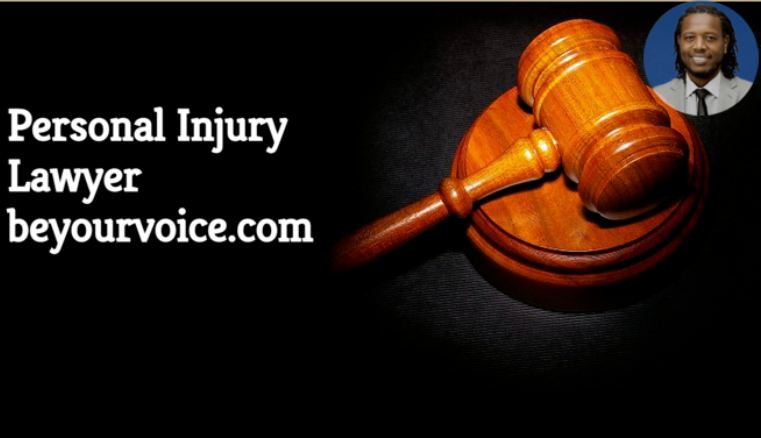If you are a victim of an unfortunate incident in Nevada, navigating the state’s personal injury laws is crucial for a successful claim. Whether it’s a car accident, slip and fall, or any other injury due to someone else’s negligence, understanding your rights can be the difference between a fair settlement or walking away empty-handed. However, the nuances of this legal terrain can be incredibly complex and often require the expertise of professionals. This article will delve into the key aspects of Nevada’s personal injury laws that you should know.
An Overview of Nevada’s Personal Injury Laws

Nevada’s legal framework provides a baseline for personal injury laws similar to other states but with some unique twists. Personal injury law in Nevada operates under the tort system, which requires the plaintiff to prove the defendant’s negligence and liability. The wide range of cases covered by personal injury law includes auto accidents, product liability, medical malpractice, and more.
Each carries particular considerations under the state’s regulations. In Nevada, seeking damages for a personal injury can hinge on accurately identifying and proving the harm done. This typically requires substantiating the extent of injuries and demonstrating how the defendant’s actions directly caused them. Monetary damages include medical expenses, lost wages, and compensation for pain and suffering.
If you need assistance with personal injury claims in Las Vegas, searching online using keywords such as “personal injury law firm in Las Vegas” can be incredibly helpful. These firms are adept at guiding victims through intricate lawsuits, leveraging their expertise to navigate the state-specific complexities that can greatly influence the outcome of your claim.
Key Elements of a Personal Injury Claim in Nevada

When initiating a personal injury claim in Nevada, several key elements must be proven for a case to be successful. First, the existence of a legal duty between the defendant and the claimant must be established. Then, a breach of that duty by the defendant must be demonstrated. This is typically the most contested point, whereby the injured party must show that the defendant’s actions were not in line with what a reasonable person would have done under similar circumstances. After establishing negligence, the claimant must then show causation. This involves demonstrating that the defendant’s breach of duty directly caused the injury. Proving this may require testimonies from witnesses, medical professionals, or other experts. Once causation is established, the injury itself must be considered. These injuries can vary widely and may include physical and emotional damages.
The final key element is the calculation of damages, which comprises all losses resulting from the injury. Pursuing damages can include current and future medical bills, loss of earning capacity, property damage, emotional distress, and, in some cases, punitive damages intended to punish the defendant for particularly egregious behavior.
To strengthen such a claim, detailed documentation is essential. Records of medical treatments, testimonials from expert witnesses, and a comprehensive account of how the injury has impacted one’s lifestyle are all important pieces of the puzzle for a solid personal injury lawsuit in Nevada.
Statute of Limitations for Personal Injury Cases in Nevada
Timing plays an essential role in the pursuit of a personal injury claim in Nevada. The statute of limitations sets a strict deadline for how long a victim can initiate legal proceedings. In Nevada, the standard time frame is two years from the date of the injury. Exceptions to this rule are rare, and missing this critical window usually means forfeiting the right to seek compensation through the court system. For medical malpractice claims, the timeline can be more convoluted.
Though the same two-year statute applies, the term begins from the date the injury was discovered, rather than the date it occurred. There are further limitations on how long after the act of malpractice an injury can be claimed, which is something a professional advisor can help clarify. It is worth noting that claims against government entities have an even shorter timeframe for seeking damages. Victims have just six months to file a formal claim.
Given these restrictions, a proactive approach is crucial when considering legal action for a personal injury in Nevada. Given this information, it’s evident that consulting with an attorney as soon as possible after an injury is vital. They can help ensure all deadlines are met and that evidence is preserved, maximizing the chances of a favorable outcome.
Altogether, Nevada’s personal injury laws are designed to protect victims who have suffered due to the negligence of others. A comprehensive understanding of these laws, from the statute of limitations to comparative negligence, is vital. Victims can navigate the legal maze through timely action, proper documentation, and professional legal counsel to achieve the justice they are entitled to.
Related Articles:
Why Should You Consult a Defense Expert for Crimes in Greenville?
The Legal Process of Filing a Car Accident Claim in Illinois






